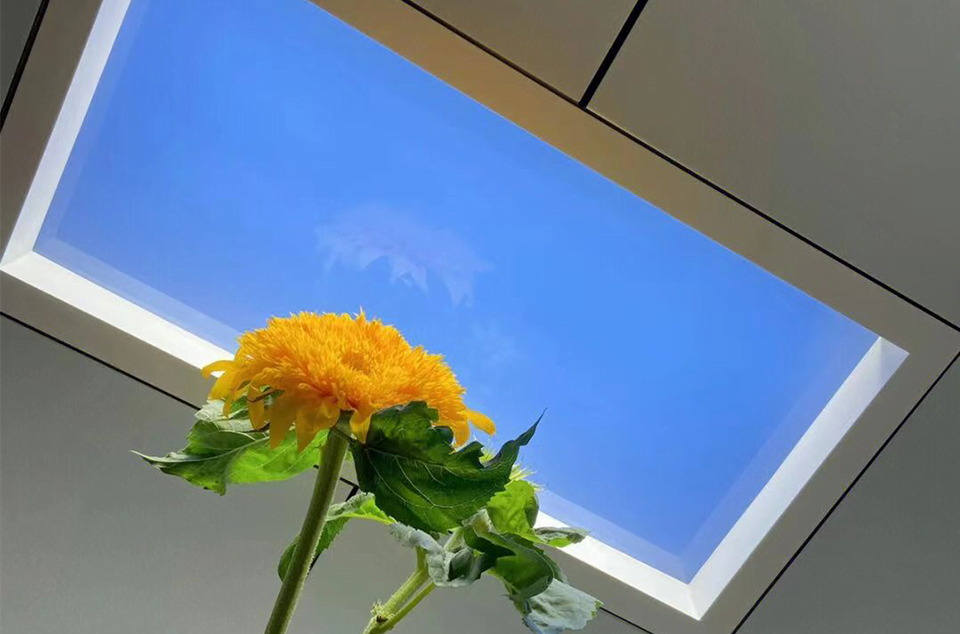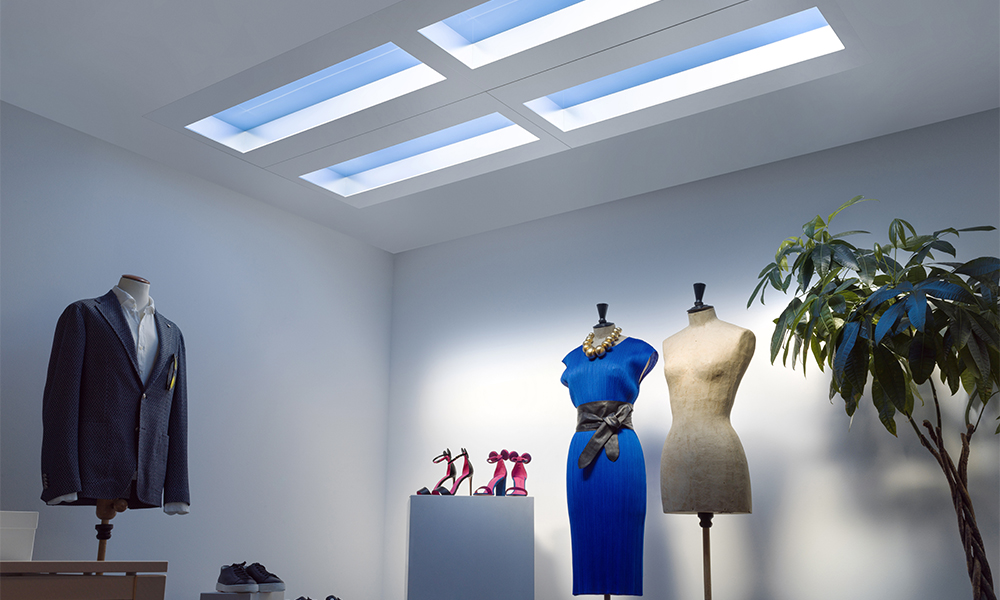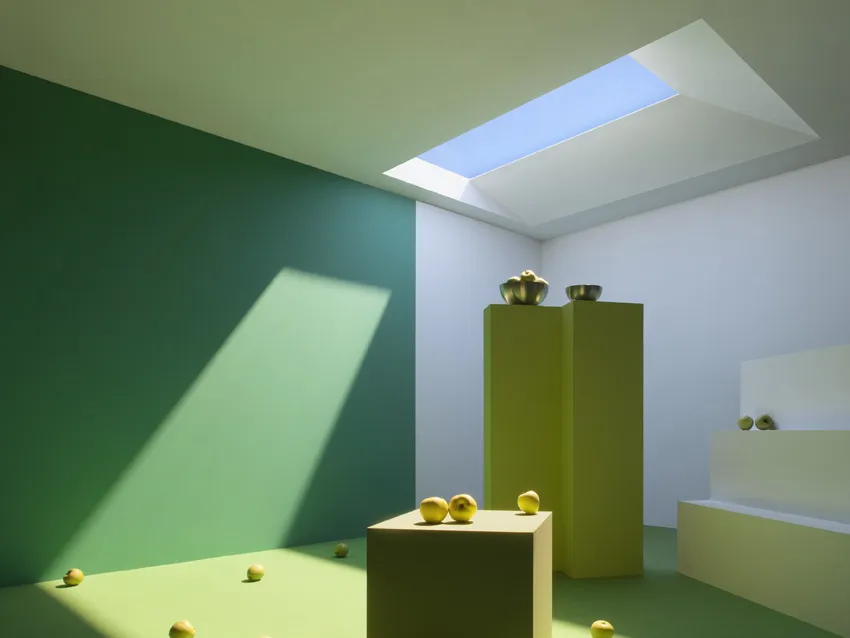Introduction: The Future of Skylights in 2024
As we venture into 2024, the landscape of home and commercial lighting is witnessing a remarkable transformation, particularly in the realm of skylights. This article delves into the evolving technologies of skylights, focusing on three innovative options: solar tubes, virtual windows, and traditional skylights. Each of these solutions offers unique benefits and applications, revolutionizing how we think about and utilize natural and artificial light in our spaces. We’ll explore the intricacies of these technologies, their advantages, and how they compare in terms of efficiency, aesthetics, and practicality. Whether you’re a homeowner, architect, or lighting enthusiast, this comprehensive analysis will illuminate the path to choosing the right skylight option in 2024, tailored to your specific needs and environments.
Understanding Virtual Windows
Rayleigh Scattering-Based Windows (CoeLux, SunSkyLight): These replicate the atmospheric scattering of light by simulating the effect of several kilometers of Earth’s atmosphere within a thin medium embedded with nano-sized particles. This technology creates a realistic blue sky and sunlight effect, capturing the essence of natural light without harmful blue light exposure.
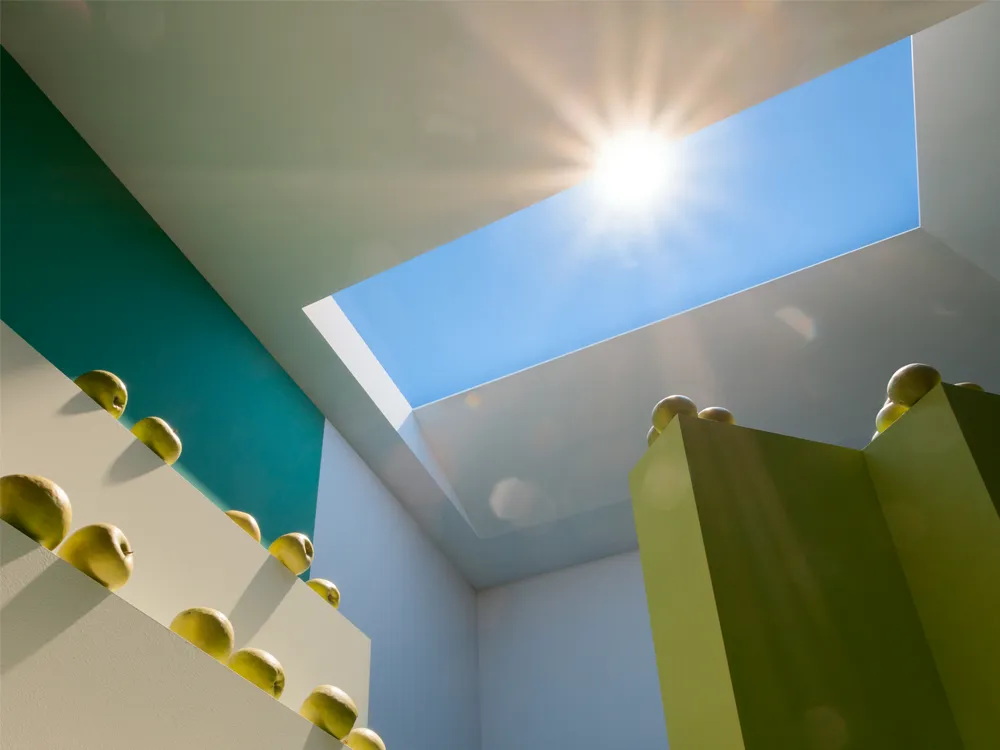
Film-Based Virtual Windows (Sky Factory, Beyond LED): These use a simpler approach, where films depicting blue skies and clouds are applied over white panel lights. While not as technologically advanced, they provide a cost-effective and decorative solution for indoor lighting, offering a stylized representation of the sky.
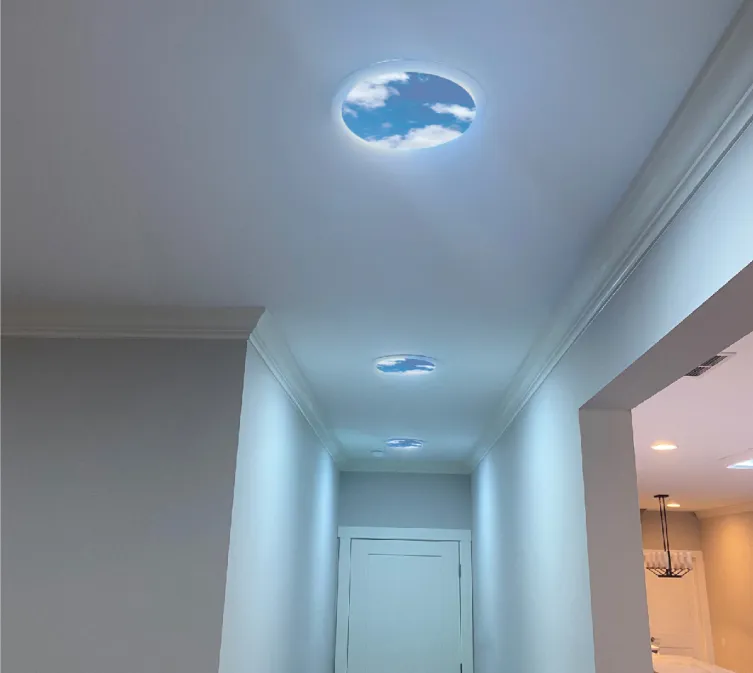
Traditional Skylights: Time-Tested Natural Lighting
Traditional skylights, like those offered by companies such as Velux and Fakro, have long been a favored method for bringing natural light into homes and buildings. These skylights are essentially windows installed in the roof, allowing direct sunlight to enter the space. The main advantage of traditional skylights is their ability to provide real, unfiltered sunlight, which can improve mood, increase vitamin D exposure, and enhance the overall ambience of a room. However, they also have their drawbacks, including potential for heat loss or gain, risk of leaks, and the need for direct roof access for installation. In contrast to virtual windows, traditional skylights offer a direct connection to the outdoor environment, weather changes, and natural light cycles, making them a popular choice for those seeking authentic natural light.
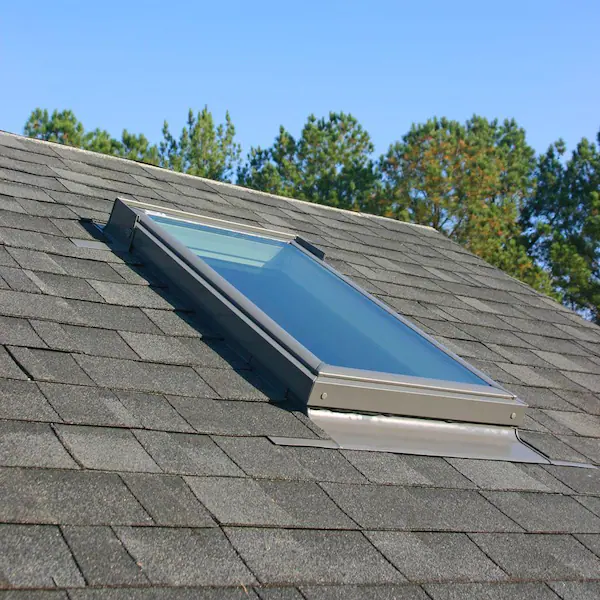
Solar Tubes: Efficient and Innovative
Solar tubes, also known as sun tunnels and tubular Skylights, are innovative solutions for natural lighting, offered by companies like Solatube and Velux. Unlike traditional skylights, solar tubes consist of a rooftop dome that captures sunlight and directs it down a reflective tube into the interior space. This design minimizes heat gain and loss while providing natural daylight. Solar tubes are highly efficient, cost-effective, and easier to install than traditional skylights, making them a popular choice for spaces where installing a conventional skylight is impractical. However, they don’t offer a view of the sky and the light intensity varies with external conditions.
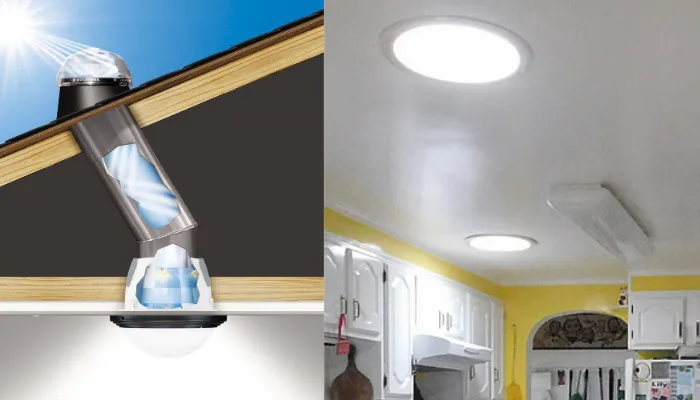
Comparative Analysis: Virtual Windows, Traditional Skylights, and Solar Tubes
Here’s a comparison in table format:
| Feature | Rayleigh Scattering Virtual Windows | Film-Based Virtual Windows | Traditional Skylights | Solar Tubes |
|---|---|---|---|---|
| Brand | SunSkyLight,Coelux | SkyFactory,Beyond LED | Velux,Fakro | Velux,Solatube |
| Technology | Advanced optics to simulate Rayleigh scattering for realistic sky effect | Blue sky/cloud films on white panels for a sky-like appearance | Windows installed in roof for direct sunlight entry. | Tubular system with rooftop dome for natural light channeling |
| Visual Effect | Highly realistic sky and sunlight simulation | Stylized/artistic sky representation | Direct view of the actual sky and sunlight | Natural lighting without direct sky view. |
| Light Quality | Full spectrum, high CRI, no blue light or UV. | High blue light(Blue skies allow only blue light) | Natural, unfiltered sunlight | Natural, unfiltered sunlight |
| Installation Complexity | Simple, using existing lighting structures | Simple, using existing lighting structures | Requires structural modifications to the roof | Less invasive than traditional skylights; no large opening in roof needed |
| Cost | Moderate price | More affordable than Rayleigh scattering options | Varies; can be costly depending on structure | Generally more affordable than traditional skylights |
| Efficiency | Energy-efficient, focus on light quality | Energy-efficient like standard LED lights | Potential for heat loss/gain | Highly efficient, minimal heat transfer |
| Maintenance | Maintenance-free | Maintenance-free | Regular cleaning, occasional reflective material replacement | Regular cleaning, potential for leaks or damage repair |
| Ideal Applications | Spaces needing high-fidelity light simulation | Decorative and ambient lighting needs | Spaces with direct roof access | Areas where traditional skylights are impractical |
Conclusion: Choosing the Right Skylight in 2024
In conclusion, selecting the right skylight in 2024 involves balancing aesthetics, functionality, and energy efficiency. Whether it’s the advanced simulation of Rayleigh scattering virtual windows, the natural beauty of traditional skylights, or the efficiency of solar tubes, each option offers unique benefits. This guide aims to provide clarity and understanding, making your choice an informed one. As lighting technologies continue to evolve, embracing these innovations can significantly enhance both the functionality and ambiance of your spaces.
Remember, the right choice depends on your specific needs and the characteristics of your space. With the information provided, you’re well-equipped to make a decision that brightens your environment in the most efficient and aesthetically pleasing way.


